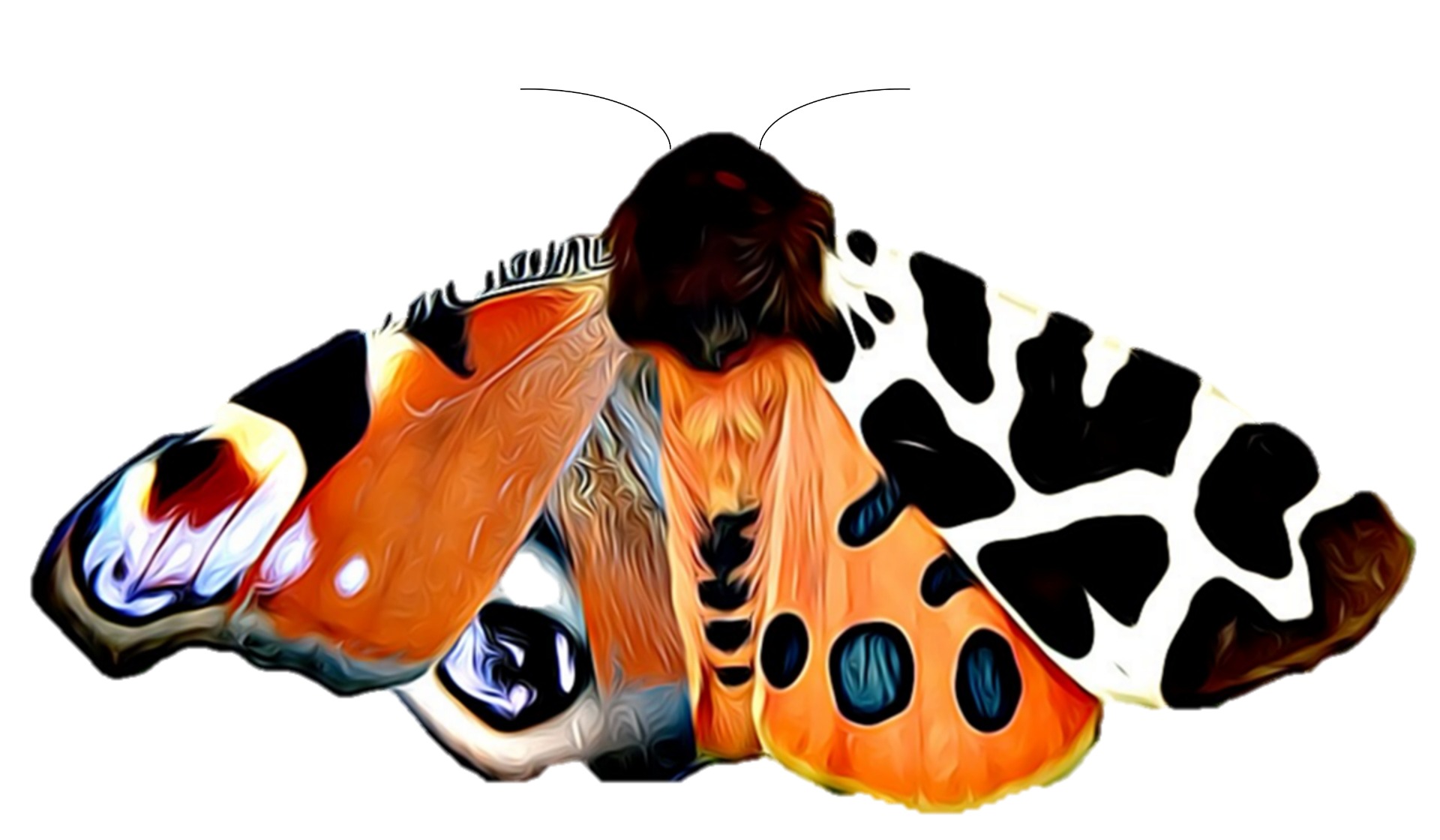A stalk-eyed fly (family Diopsidae)
These insects exhibit an extreme trait - long eye stalks - which has arisen via sexual selection by female mate choice. In other words, female stalk-eyed flies are more likely to mate with males possessing longer eye stalks. The trait is sexually dimorphic, with females having shorter eye stalks than males. I was told by my guide in Sabah, Borneo, that the specimen pictured here was a female and that males typically have even longer stalks - longer than their body lengths!

Surely having such excessively-long eye stalks is a burden - so why would females favour this trait? Well at one point, natural selection limits the eye stalk lengths possible in the population of flies - i.e. males with stalks too long are unlikely to survive long enough to reproduce. But up until that limiting point, Zahavi's "handicap principle" applies. The possession of long eye stalks is a signal from the males to the females indicating biological fitness. Crucially it is an "honest" signal - a male with very long eye stalks must have a high fitness as he manages to survive despite having that handicap. Hence it is in a female's interest to select for the handicap of longer eye stalks as it is a genuine signal of male fitness. An evolutionary consequence is the association of two separate genetic features - one corresponding to female preference of long eye stalks in males; the other corresponding to the possession of long eye stalks in males - resulting in "runaway selection".
